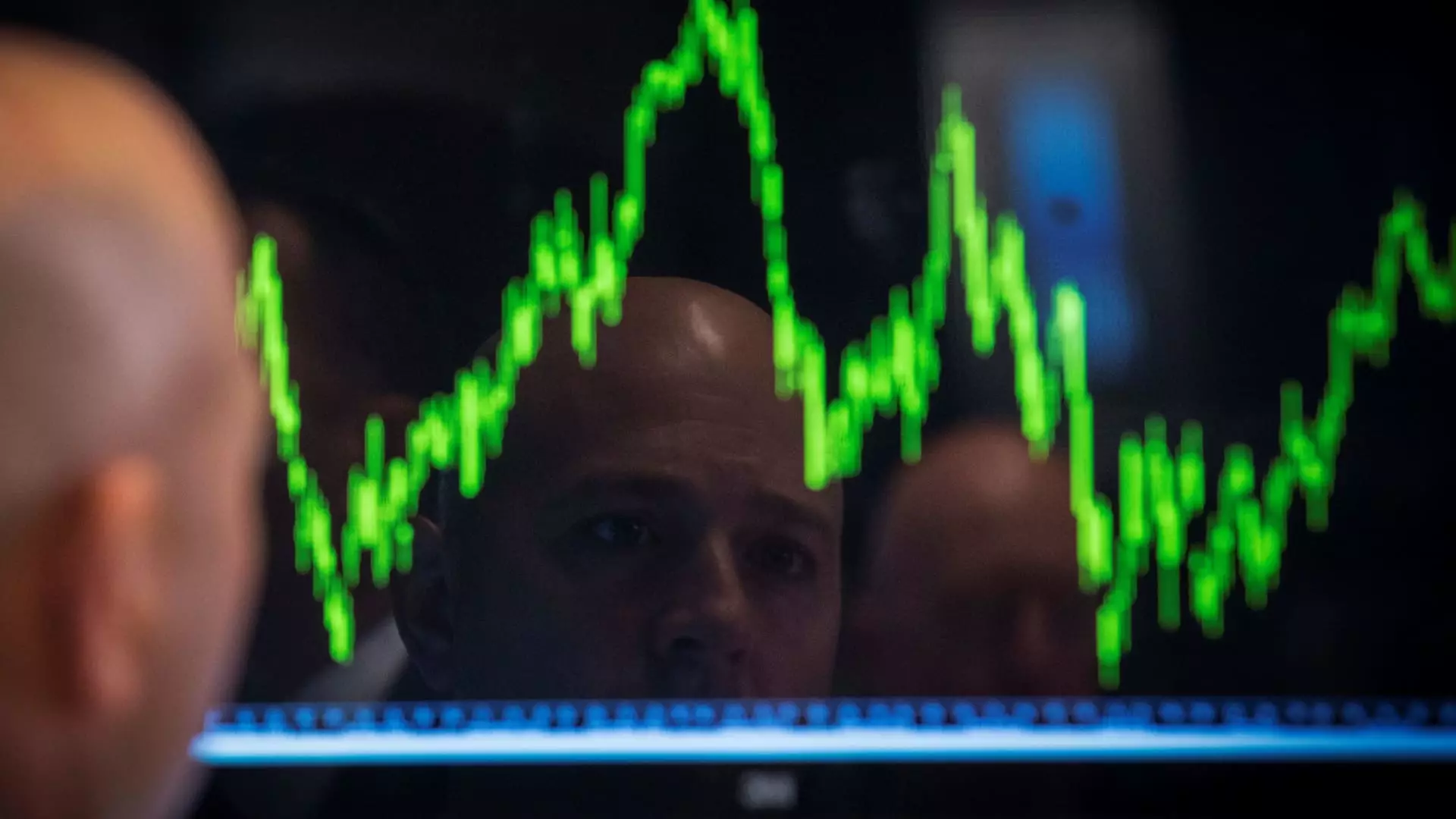In an era characterized by pronounced economic volatility and shifting investment landscapes, Wall Street’s age-old strategies are tumbling down from their ivory towers, seemingly accessible to the average investor. Major financial institutions like JPMorgan Chase and BlackRock are increasingly tapping into the market potential of retail investors, offering sophisticated investment vehicles previously reserved for wealthy elites. While this trend seems progressive, beneath the surface lies a wealth of concerns about the quality and nature of these financial products. The “democratization” of investment could be a blessing or a curse; it’s essential to interrogate what this really means for the everyday investor.
ETFs: The New Private Banking?
Exchange-Traded Funds (ETFs) are often heralded as the savior for retail investors. They provide an opportunity to invest with lower fees and reduced barriers to entry. However, these funds bring about a pressing dilemma. With the SEC giving the green light to private credit ETFs, a new frontier of investments is emerging that promises lofty returns but often lacks the transparency and liquidity critical for prudent financial decisions. The sell-side rhetoric around ETFs cloaked as “solutions” for everyday investors reminds me more of a hastily thrown-together scheme rather than a carefully curated strategy aimed at enhancing financial literacy and safeguarding investments.
Ben Slavin, a managing director at BNY Mellon, claims that there’s “incredible demand” from investors seeking access to alternative funds. The question then surfaces: Is this an authentic demand for diversified options, or are we witnessing a bandwagon effect spurred by insecurity in traditional markets? While retail investors may be enthusiastic about newer offerings, such enthusiasm is often nurtured through clever marketing rather than a grounded understanding of the complexities these financial products entail.
Private Credit: Friend or Foe?
The allure of private credit is undeniable; it seems poised to become a staple in many investment portfolios. Investing in private loans made to small and mid-sized businesses presents an opportunity for high yields, but let’s pause and unpack what that entails. These investments often come with greater risks than they are advertised. Why? Because they suffer from illiquidity issues rarely understood by the average investor. Jay Jacobs of BlackRock mentions that interval funds have gained traction by allowing access to private credit, yet their less liquid nature adds a layer of risk that consumers may overlook.
The murky waters of private investments seem to mimic an age-old dynamic in financial markets—reaching for the shinier option without fully grasping the underlying ramifications. Should everyday investors really be entrusting vital portions of their financial futures to strategies that experts openly acknowledge have been traditionally illiquid and complex?
Active ETFs: An Illusion of Control
Also capturing attention are active ETFs that cheerfully promise returns while giving investors the ability to hedge against potential downturns. Strategies such as those employed by JPMorgan’s Equity Premium Income ETF, which involve selling call options to generate income, sound attractive on the surface. However, they can mislead individuals into thinking they are better positioned to weather market storms.
While Bryon Lake from Goldman Sachs touts options trading as an “evergreen” strategy, a deeper inspection suggests a precarious balancing act. The “income” these products generate often comes with underlying risks that can wipe out gains in a heartbeat. The concept of retaining equity positions while capturing premium income is dizzyingly appealing, but it disguises an unsettling reality: investing in these products can create an illusion of control over an inherently uncontrollable market.
The Cost of Accessibility
The expansion of investment opportunities into “buffered” ETFs that aim to cap potential losses has undoubtedly made the idea of investing more palatable for those with a risk-averse mindset. Yet, who are we kidding? The commercialization of these strategies masks a darker reality—investors might find themselves locked into options that don’t reflect their individual risk profiles. Ben Johnson of Morningstar highlights the “watering down” that these ETFs often undergo to meet regulatory approval—a euphemism for compromised quality to cater to a mass audience.
While it’s true that the barriers to entry for sophisticated investment strategies are coming down, it’s integral to weigh this accessibility against the potential pitfalls. The average investor might be trading off genuine financial acumen for the seductive simplicity that these products promise. As trillions in cash sit idly in money market accounts, the race to lure in these investors doesn’t seem to place their best interests at the forefront.
In a financial ecosystem abruptly falling under the pull of innovation, we must critically assess whether the new tools being championed for the masses actually serve their needs, or if they simply represent a rebranded hustle where informed decision-making yields to alluring marketing. The true measure of a responsible investment landscape lies in giving individuals knowledge, rather than merely offering them access.

